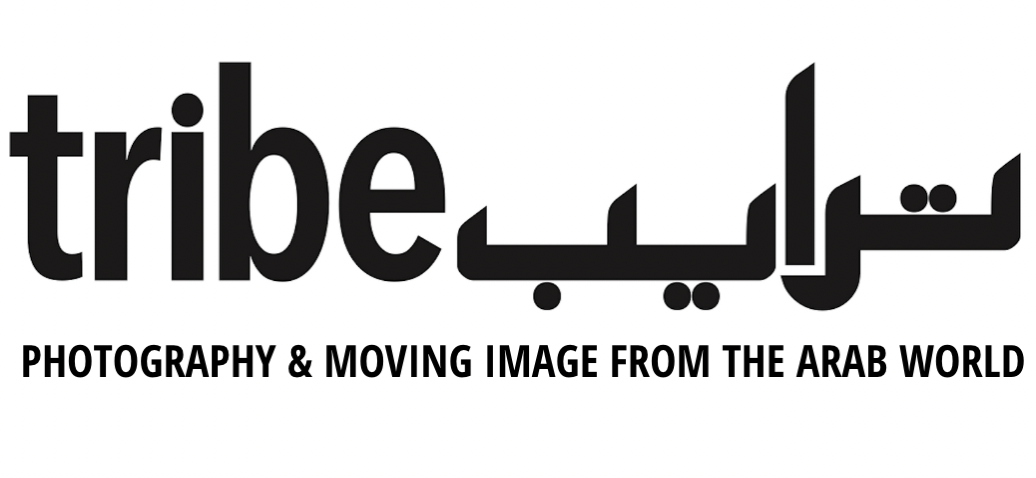Tanya Habjouqa: Occupied Pleasures
The fringes of Palestinian representations
Tanya Habjouqa, Occupied Pleasures (2009). Courtesy of the artist.
With text by Madeline Yale Preston, curator and photography specialist.
Living with fear of the "terrible that has already happened", to creatively borrow from German philosopher Martin Heidegger, is arguably what the Palestinian population residing in the Occupied Palestinian Territories (oPt) has endured for generations. While the "terrible" that Heidegger referred to was the atomic bomb, the idea can be applied here as the cumulative reality of what seems to be a relentlessly intractable struggle for power and land. In recent decades, partitioning, intifadas, the Hamas takeover of Gaza, the Israel-Gaza ground war and the Israeli-offensive "Operation Protective Edge" in 2014 have marred the region. When quietness falls upon the oPt, the silence is often regarded as fleeting.
Mainstream media depictions of Palestinians as violent or traumatized are simplified and overarching. In recent years, narratives about the oPt have expanded to include those that deconstruct and eschew such clichés of the contested region and its people. One noteworthy project is Tanya Habjouqa's Occupied Pleasures, which offers deepened, anthropological accounts of life across the oPt - humorous and sometimes even satirical recordings of Palestinians' everyday existence, ironically set within obstinately turbulent surroundings.
A veteran photojournalist whose work has appeared in international publications such as Al Jazeera, The New York Times, Le Monde, and The Washington Post, Habjouqa embarked on Occupied Pleasures in 2009. She developed it in parallel with her ongoing photojournalistic work through 2014. A Magnum Foundation Emergency Grant in 2013 empowered Habjouqa to expand the project, and the series recently received a World Press Photo Award. One of the five founders of the all-female documentary photography collective Rawiya ("she who tells a story" in Arabic), Habjouqa exhibited images from the series in a traveling exhibition with the same name organized by the Museum of Fine Arts, Boston. With the help of a Kickstarter campaign and support from FotoEvidence, Habjouqa published Occupied Pleasures in November 2015.
The series stemmed from her interview in 2009 with the bridegroom featured in the wedding photograph affixed to the rust-colored stucco wall. Having fallen in love with his Jordanian bride on Skype, the bridegroom snuck her through the tunnels to Egypt, embracing her in what he describes as a scene snatched from a Bollywood film. He said to Habjouqa, "no matter what this occupation does to us or takes, we will always find a way to live and love". It is these acts of agency that Habjouqa translates visually throughout the series - nuanced statements of how Palestinians navigate their social environments within militarized systems of control.
Pain and pleasure are often opposite sides of the same coin; each of Habjouqa's images contains such a paradox. The yogi from Zaatara village practices what she calls "inner resistance" amidst a forbidden landscape of Israeli-controlled Roman ruins. Near the Qalandia checkpoint in the West Bank, a young man smokes a cigarette in his car with his sacrificial Eid sheep sardonically named "Morsi", the walled backdrop laden with political graffiti. A boy from Hebron swims in Ein Fara, and Gazans enjoy an amusement ride, the Israeli Nature and Parks Authority occupy both sites. Such juxtapositions could be described as expressions of Palestinians' black humor. In Habjouqa's book, scholar Nasser Isleem recounts the Palestinian proverb, "A distress makes you laugh and a distress makes you cry".
The visualization of - and desire for - comic relief in the oPt is personal for Habjouqa. The Jordanian-born photojournalist, who also carries a US passport, resides in East Jerusalem with her Palestinian husband and their two children. "Occupied Pleasures" thus contains an added layer of precious intimacy. It is evident she has intentionally slowed down the photojournalistic process to develop relationships with her subjects. The project's title seems to describe Habjouqa's own association with her adopted home - one in which she constantly finds ways to both acknowledge and subvert adverse limitations amidst her contemplations of pleasure.


